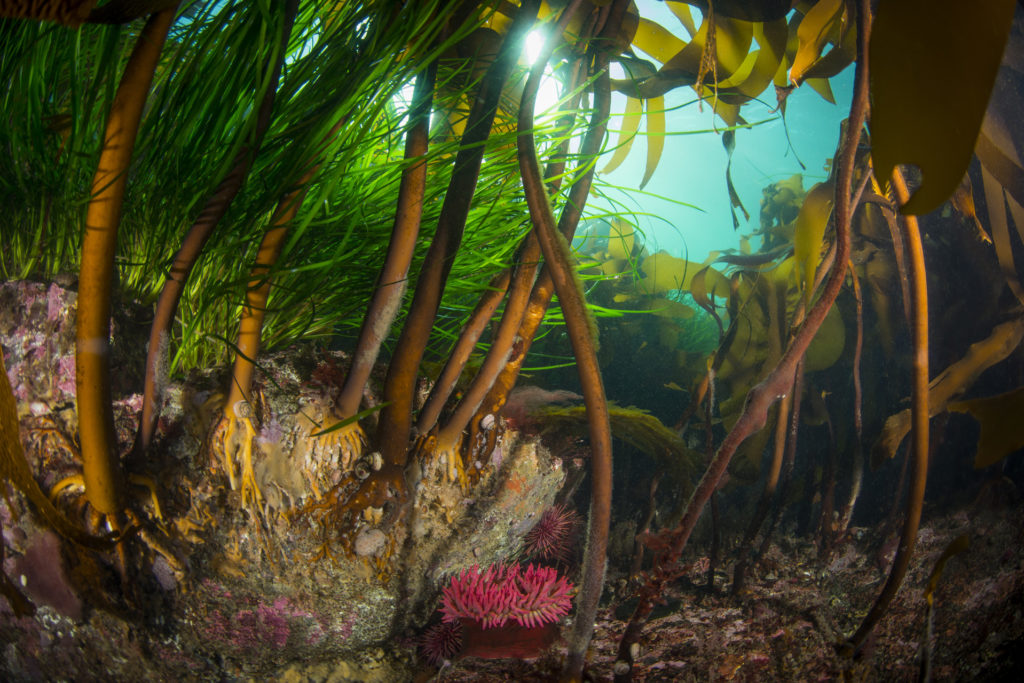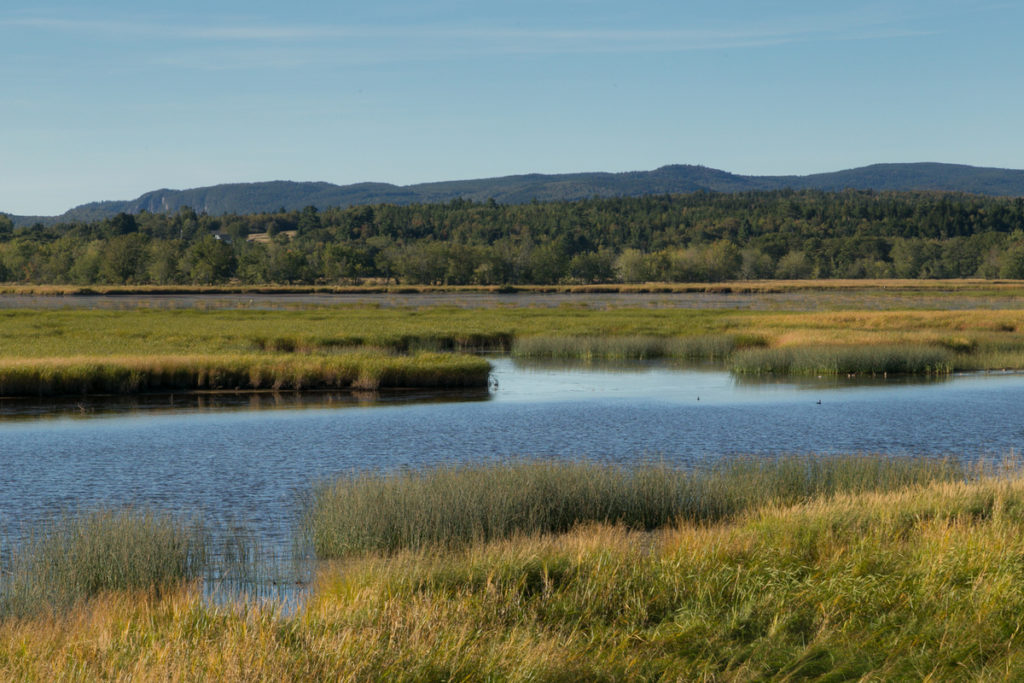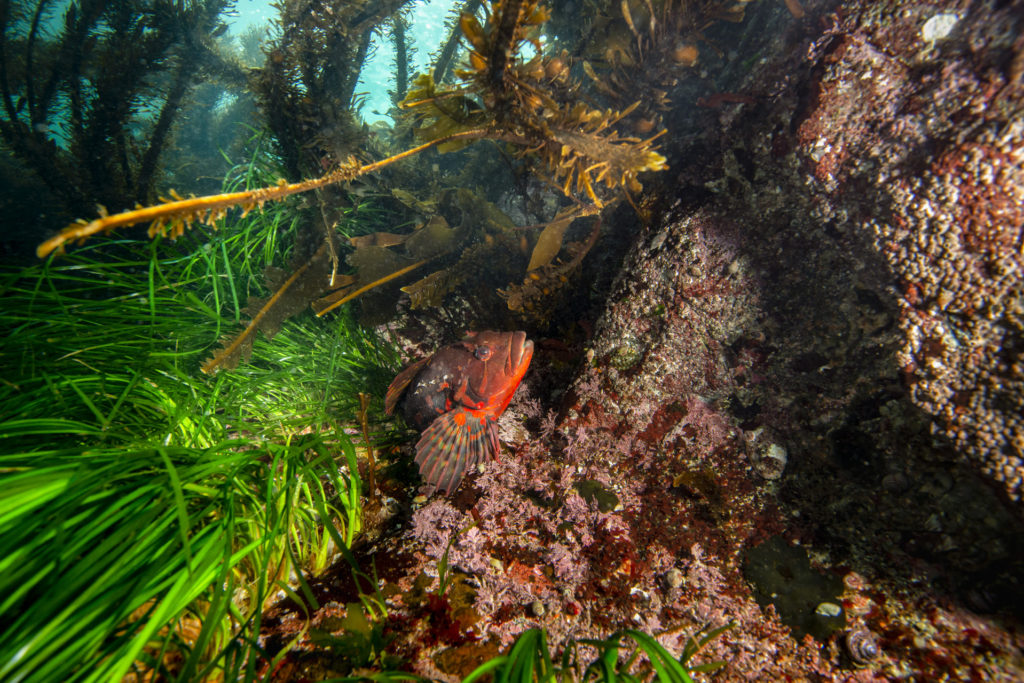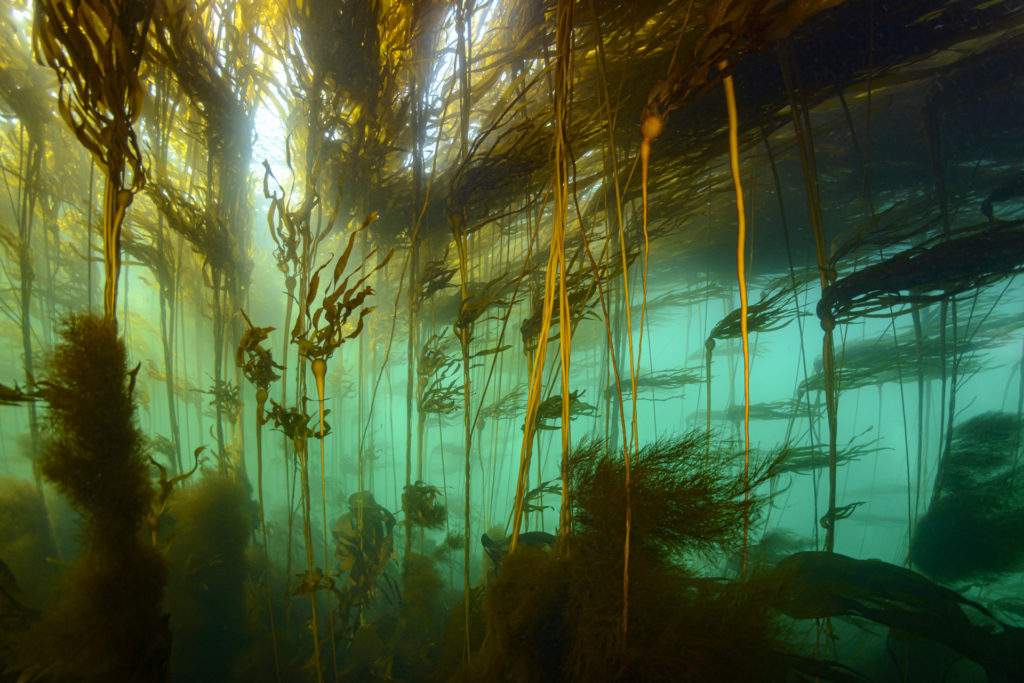What is blue carbon? A look at how underwater carbon storage helps fight climate change
Famed for its natural beauty, Canada’s many landscapes — from forests and tundra to peatlands and prairies — also form a sprawling carbon sink, absorbing and storing 327 billion tonnes of carbon. On top of being the second-largest country on Earth, Canada also boasts the world’s longest coastline, stretching more than 200,000 kilometres.
These coastal areas contain what’s known as “blue carbon,” or carbon that is absorbed and stored in the plants, algae and sediments of coastal ecosystems.

Blue carbon isn’t as well understood as the terrestrial variety, even by experts, but some of these underwater ecosystems can absorb more carbon than tropical forests. We also know that their planet-cooling function is threatened by marine pollution, resource extraction and coastal development.

To protect blue carbon habitats, we need to know where they are and how they work. Here’s a breakdown of three blue carbon ecosystems:
Salt marshes: Poet Harry Thurston described salt marshes as a “place between the tides,” and he’d know — his native Nova Scotia is full of these coastal wetlands where freshwater and saltwater meet.
Salt marshes accumulate carbon “vertically” — as more sediment and organic matter is added to their base, they increase their elevation. This means that as sea level rises, salt marshes with a healthy sediment supply may be able to keep up. If we protect and steward salt marshes responsibly, the carbon within them can remain trapped for millennia.
Salt marshes also protect coasts from storm surges and rising seas — a growing concern as climate change worsens — and are home to endangered birds and other animals. In B.C., salt marshes make up only three percent of the coastline but are used by 80 percent of coastal wildlife, from mammals to insects to fish.

Seagrass meadows: Sometimes called “the lungs of the sea,” seagrass meadows are one of the most effective carbon sinks in the world. Although they only occupy about 0.1 percent of the ocean’s total area, they are estimated to be responsible for up to 11 percent of its carbon storage.
Although it lives underwater, seagrass is actually a type of flowering plant and can be found on the Pacific, Atlantic and Arctic coasts.
Seagrass meadows act as nurseries for juvenile fish and provide shelter for foraging mammals, shellfish and seabirds.
Kelp forests: Kelp grows incredibly fast — as much as 60 centimetres per day! — and to enormous size, which allows these majestic underwater forests to sequester huge amounts of carbon. Found in ocean areas with rocky bottoms, the carbon that kelp absorbs can end up being stored in nearby sediments or transported and stored in the deep sea. Like salt marshes and seagrass meadows, kelp forests are also home to a wide variety of species.

Each of these blue carbon ecosystems face serious challenges. In B.C., for example, seagrass has declined in some places by nearly 50 per cent since the 1930s due to coastal development. Salt marshes are often drained to create farmland, and can be destroyed by coastline development as well. Kelp forests, meanwhile, are sensitive to pollution, extreme weather and warming waters.
As we learn just how critical blue carbon is to fighting climate change, it’s increasingly important to map and measure the carbon and biodiversity in salt marshes, seagrass meadows and kelp forests so we can prioritize coastal conservation actions. Scientists do this by analyzing satellite imagery, using drones, and conducting field surveys — by foot, boat and even scuba dives.
And because of Canada’s world-champion coastline, we have a national and global responsibility to steward and protect these ecosystems.
As part of WWF-Canada’s Regenerate Canada strategy, we’re advocating for policy-based protections, investing in strategic research and supporting the restoration of blue carbon habitats. We’re also bringing together scientists, policymakers, Indigenous knowledge holders and community organizations to build a nationwide blue carbon network to spark collaboration and accelerate conservation.

